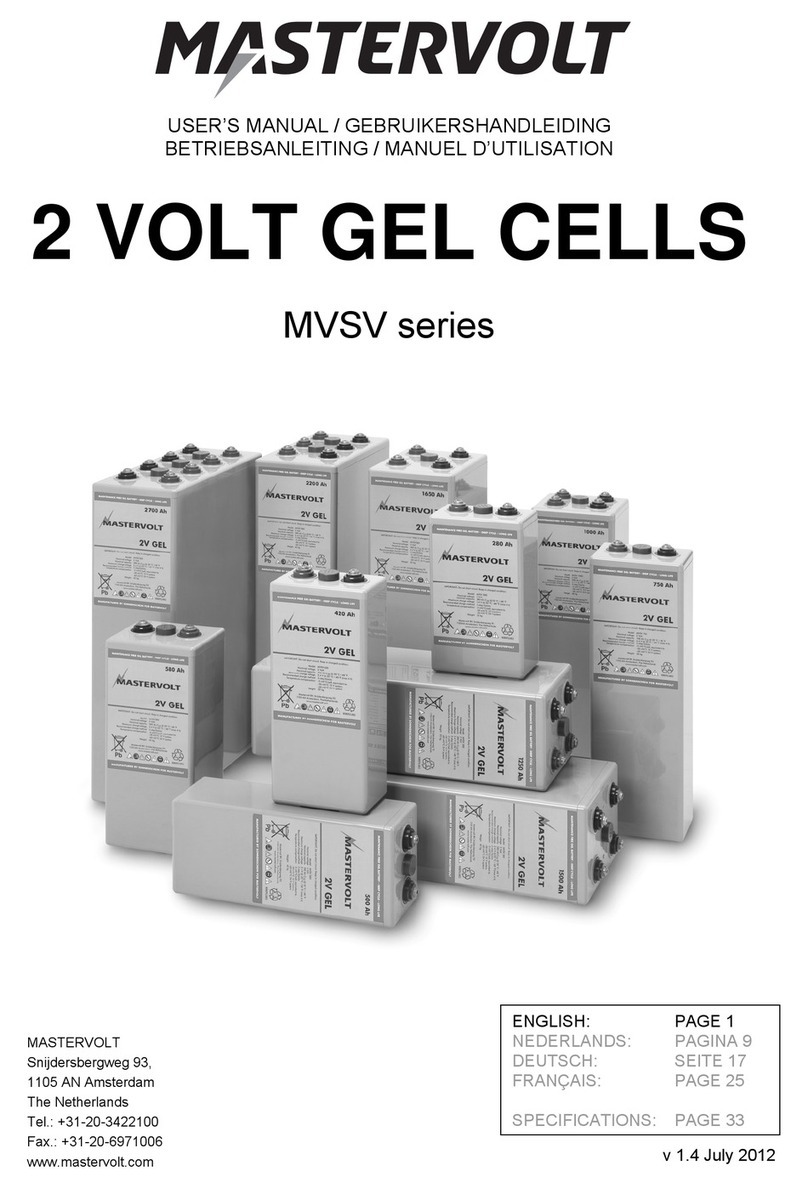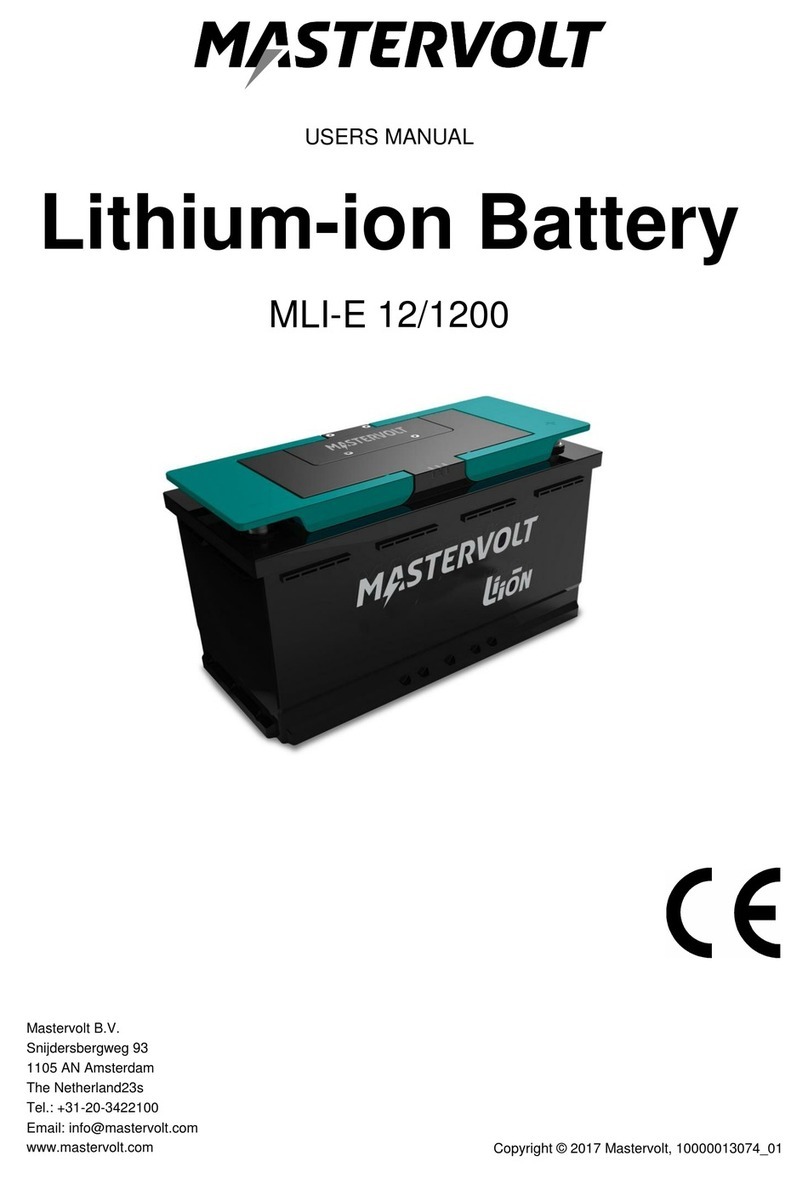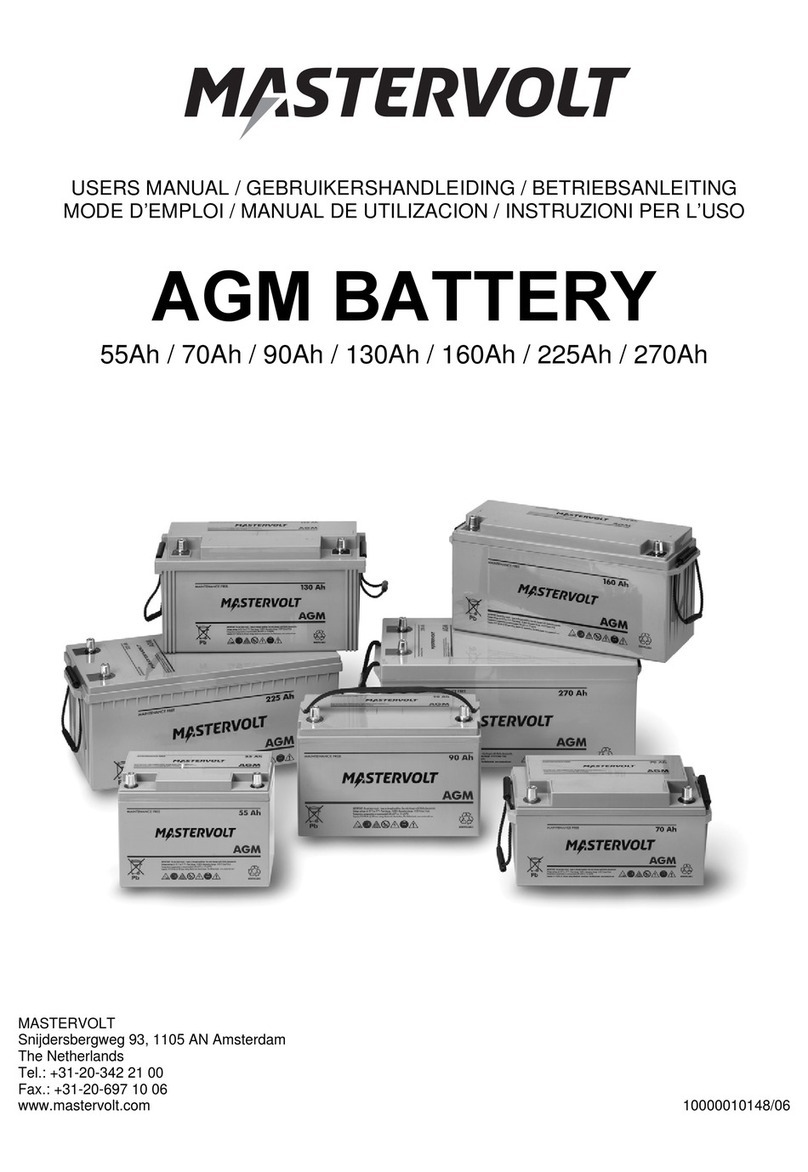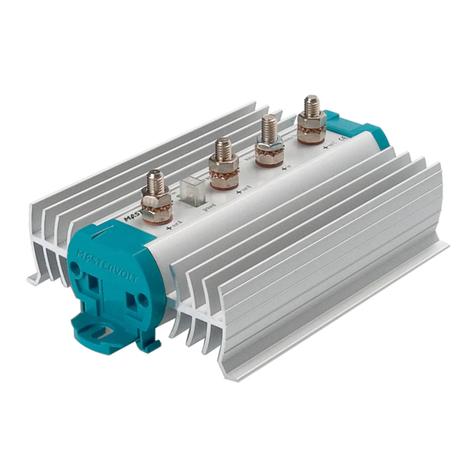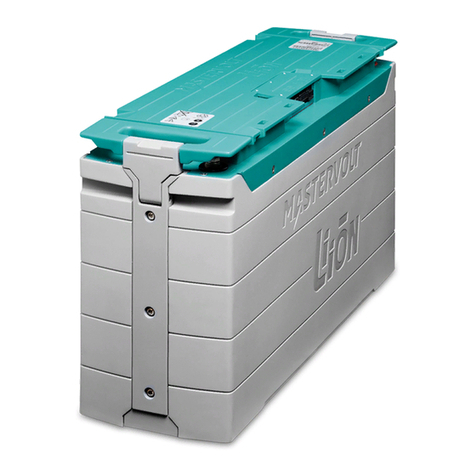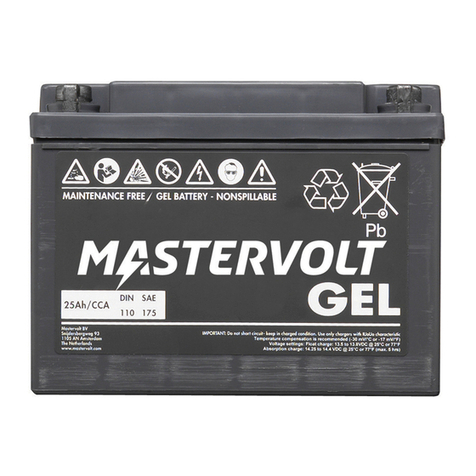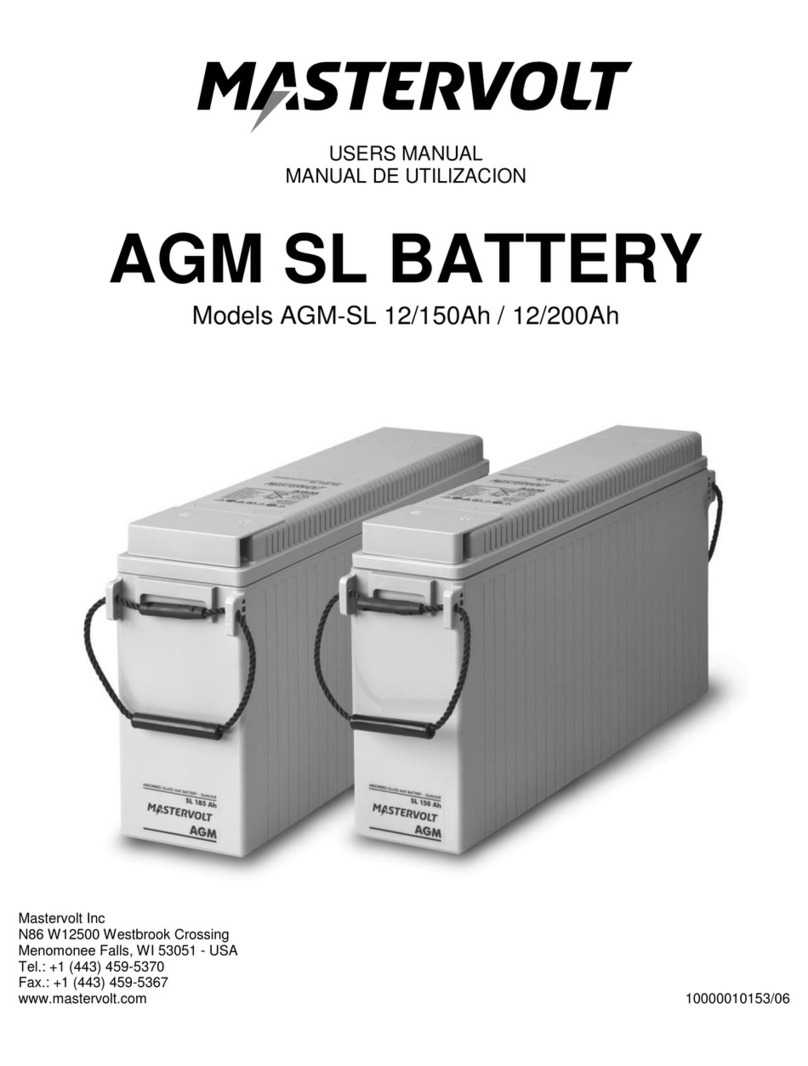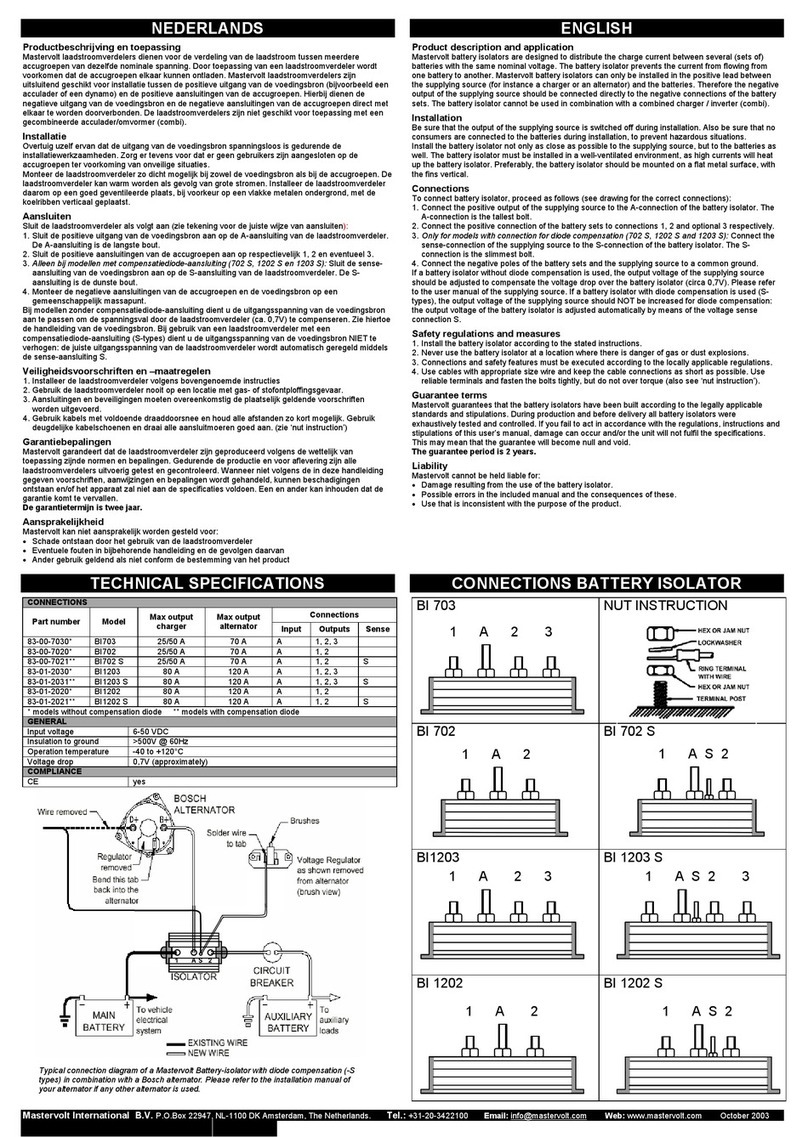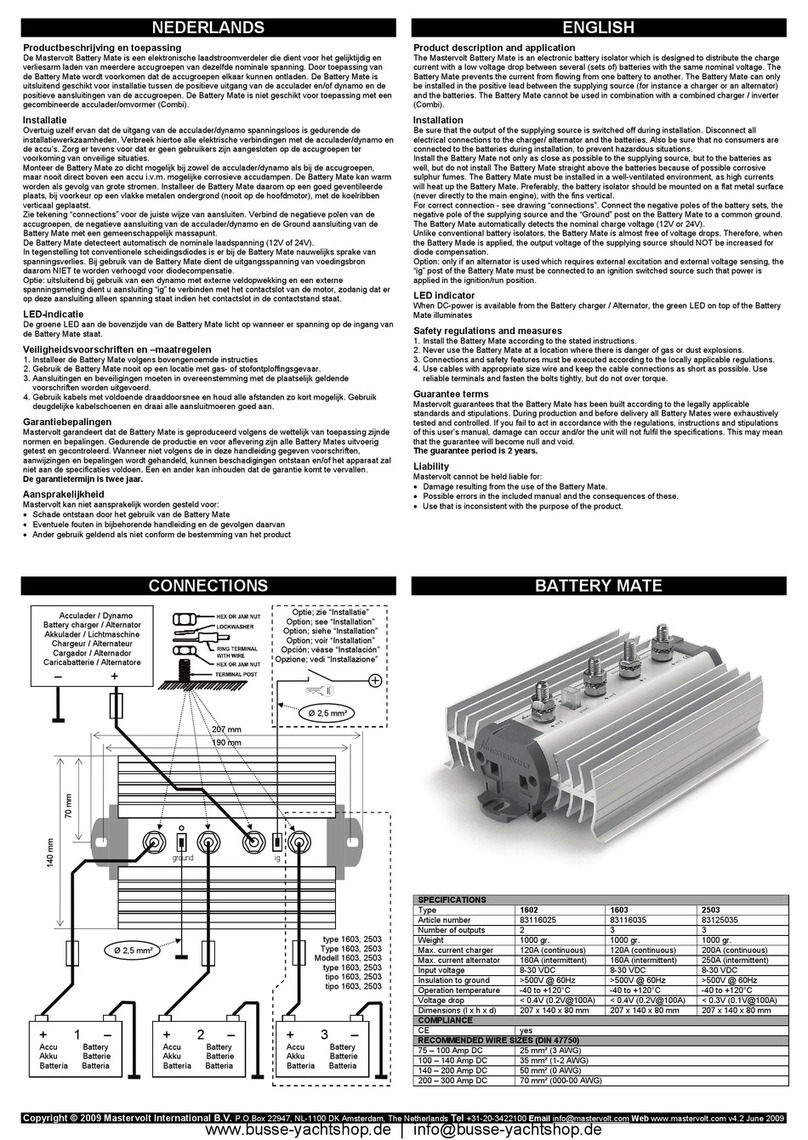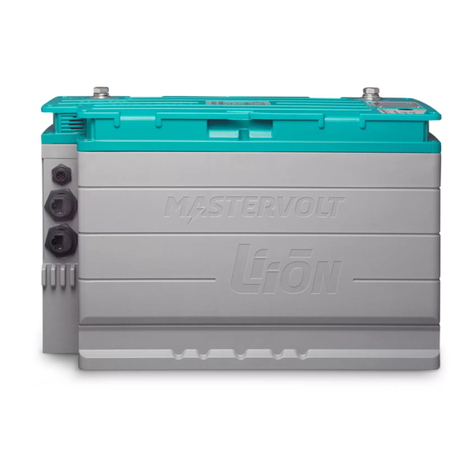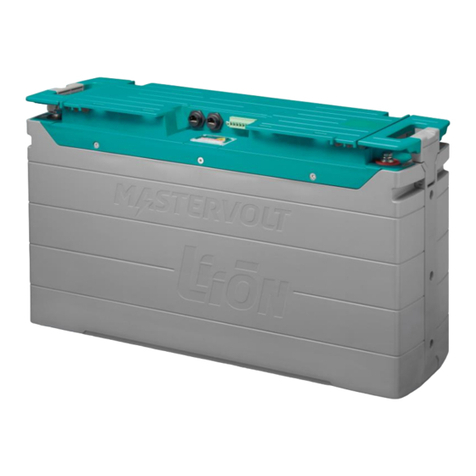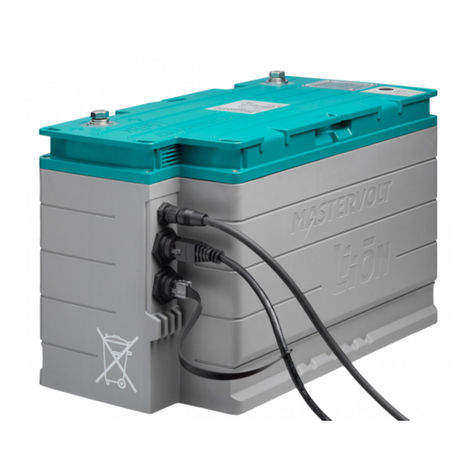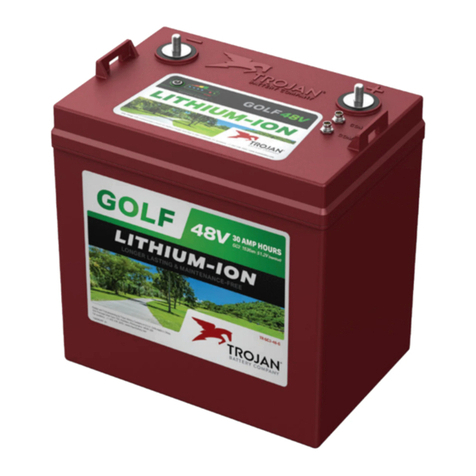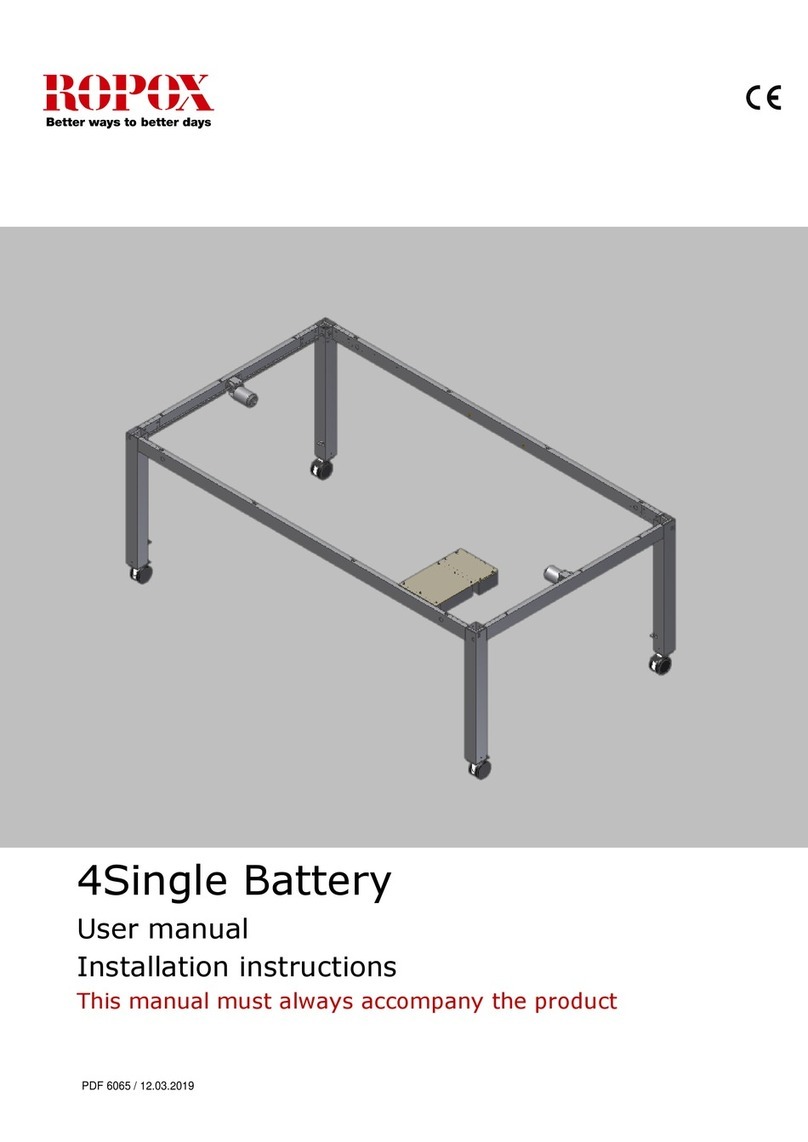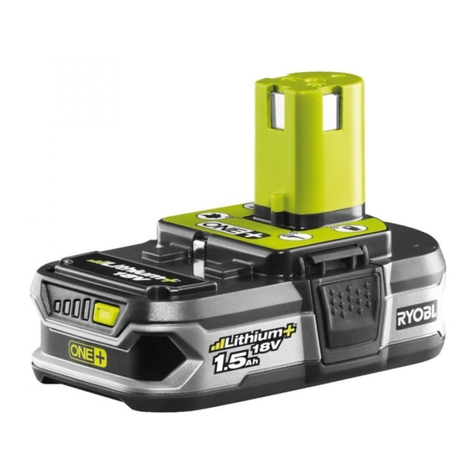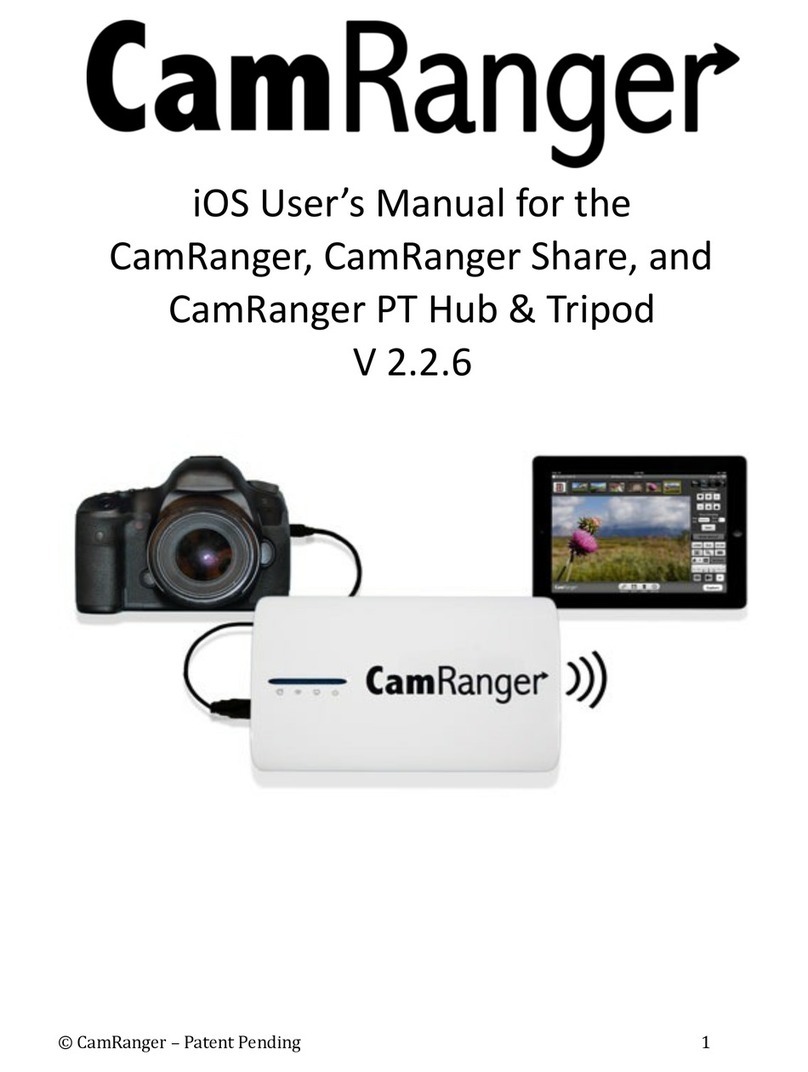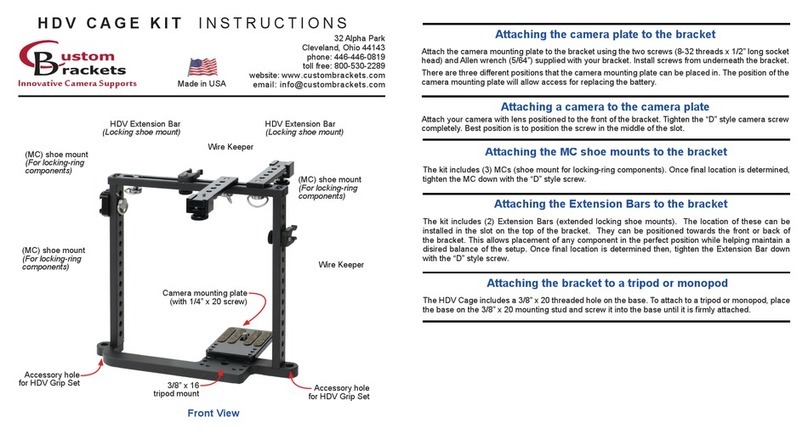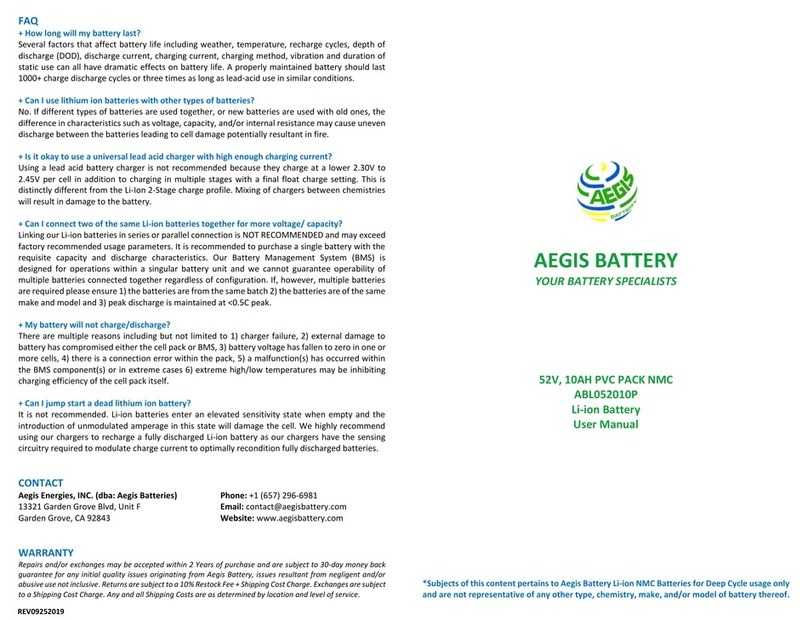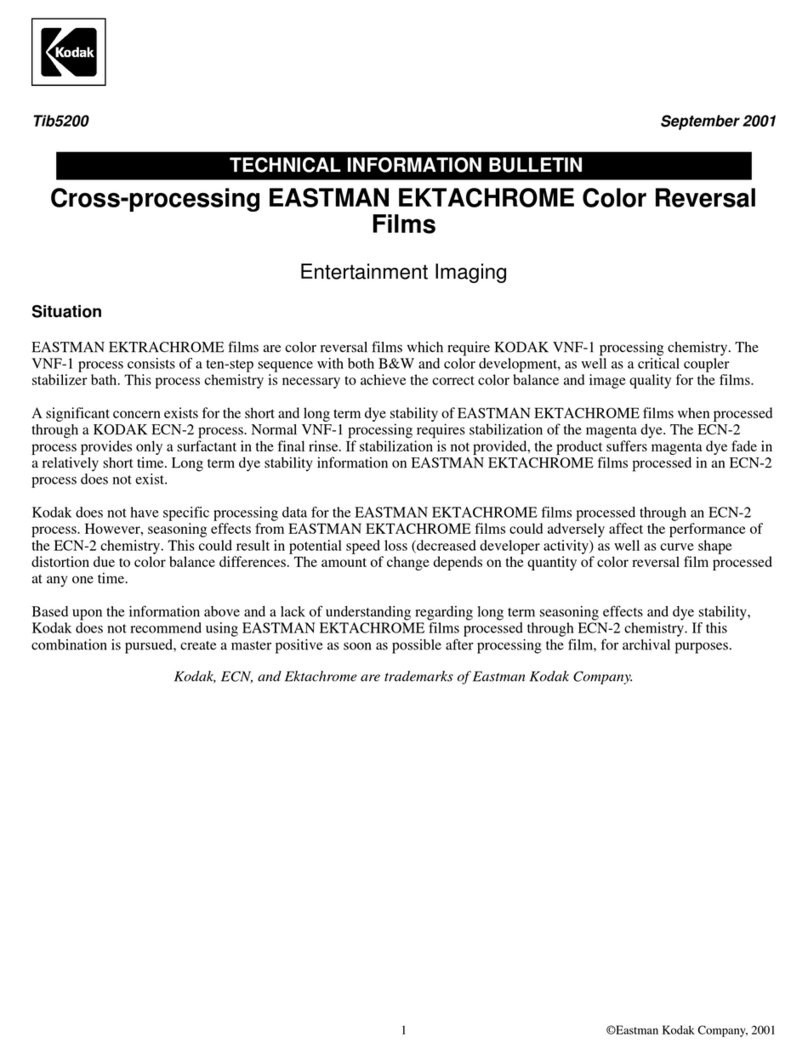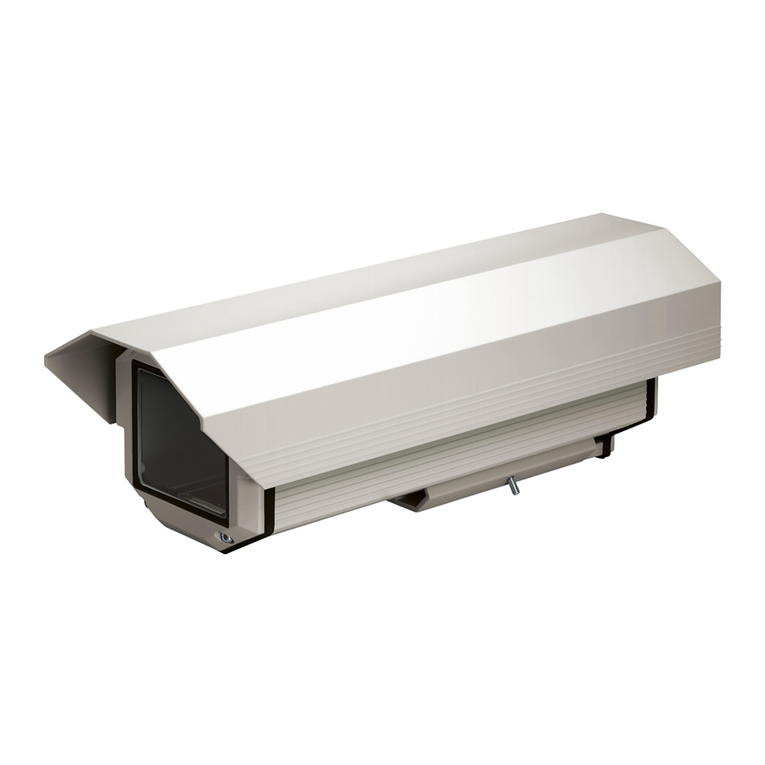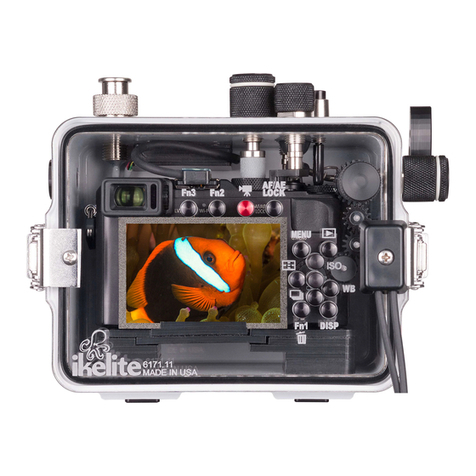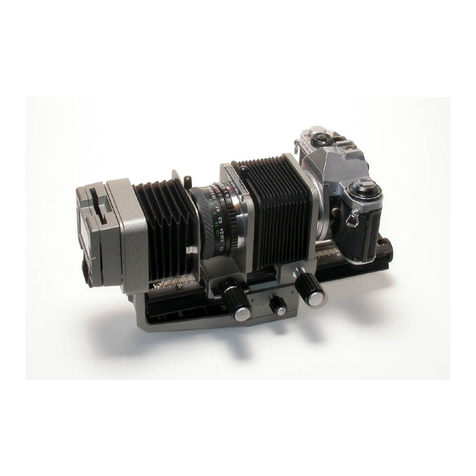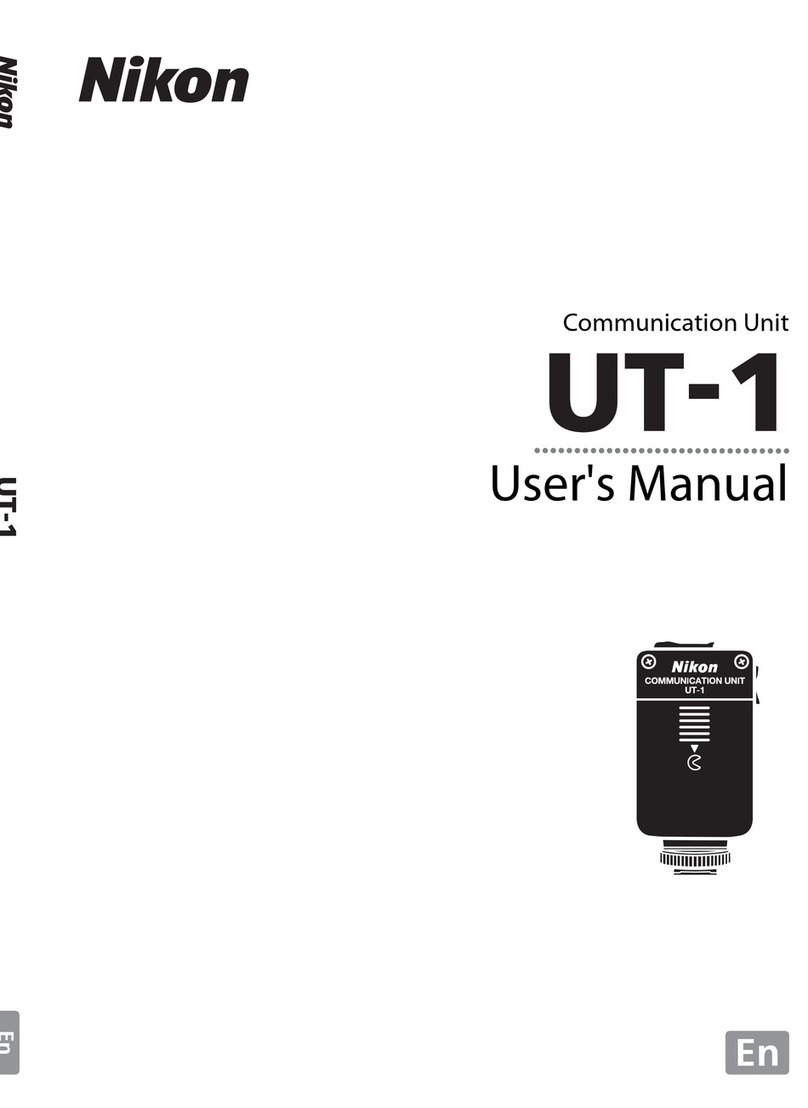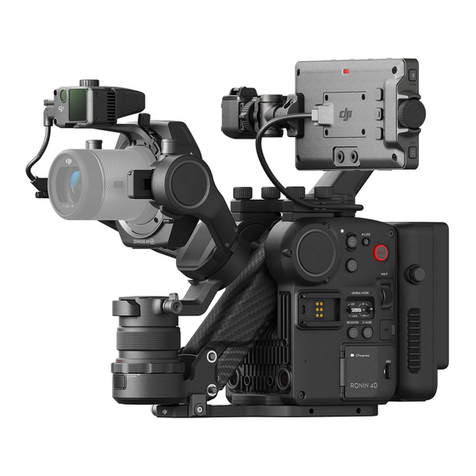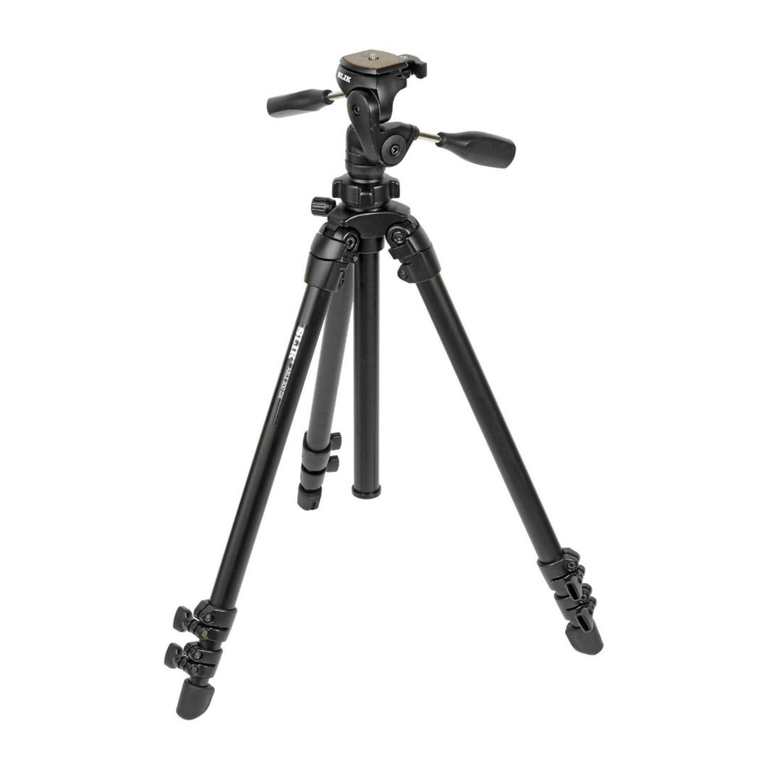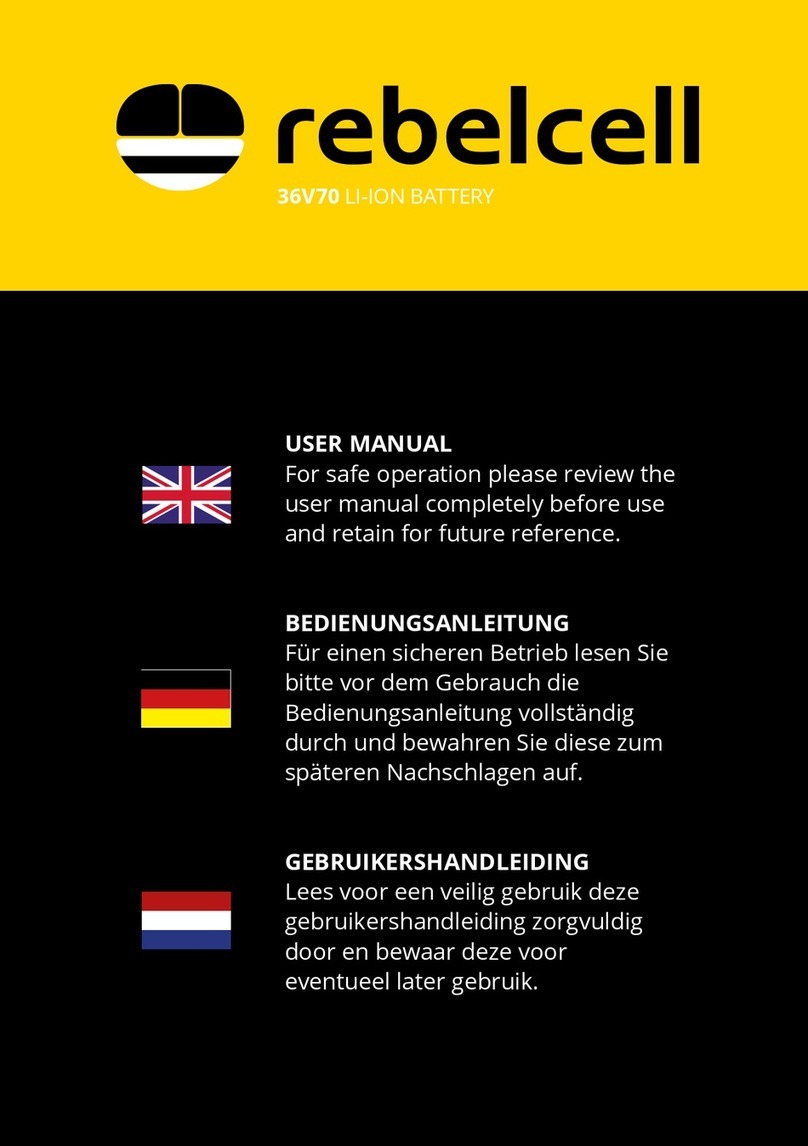
MVSV 2V Gel Cells –User and Installation Manual
3 INSTALLATION
3.1 BEFORE YOU START
Installation, connection and protection must be
executed in accordance with the locally applicable
regulations.
Check the contents of the delivery. See section 6.1 on
page 13 for an overview of components that are
standard included with the delivery.
After unpacking, check each battery for mechanical
damage. Do not use the product if it is damaged. If in
doubt, contact your supplier.
Check the batteries for correct polarity:
Check each cell separately by measuring the open
circuit voltage. U ≥ 2.07V.
Control of insulation resistance: New batteries: > 1MΩ
Used batteries: > 100 Ω/Volt.
3.2 LOCATION TO INSTALL
3.2.1 General
Standards referring to installation, cabinets, equipment or
battery rooms are: EN 50091-1-2, IEC 896-2 (/3/) (draft
IEC 60896-21 (/4/)) and EN 50272-2 (/1/).
Obey the following stipulations when choosing a location
to install the batteries:
Keep batteries away from heat sources. Allowed
operating temperature: –20 to 45ºC / –4 to 113ºF.
Nominal operating temperature: 10 to 30ºC / 50 to
86ºF. Recommended at 20ºC / 68ºF. The battery life
is halved for every 10ºC of rise in temperature. Lower
temperatures will reduce the available capacity.
Battery installation should be made such that
temperature differences between individual units do
not exceed 3ºC / 5ºF.
Keep at least 1cm / 0.5 inch space between the
batteries. Mastervolt can supply dedicated cooling
plates for this purpose (Part No. 67909014).
All models of the MVSV range are suitable for both
horizontal and vertical mounting. All cells should be
mounted either vertically or horizontally.
Please note that models MVSV 2000 (67162000) and
MVSV 2500 (67202500) which were delivered before
January 1st 2006 are only allowed to be installed in
upright (vertical) position. See also chapter 2.2. If in
doubt, contact your supplier.
3.2.2 Ventilation
DO NOT install the batteries in airtight enclosures. Under
overcharging conditions, lead acid batteries can vent an
explosive mixture of hydrogen gas.
The ventilation of battery rooms and cabinets must be
carried out according to EN 50272-2. Under normal
conditions the minimum air flow rate for ventilation of a
battery location or compartment for Mastervolt MVSV gel
batteries shall be calculated by the following formula (up to
40° C operating temperature).
Q = 0.05 x n x Cnom x 10-3 [m3/h]
Where n = number of cells
Cnom = Nominal capacity (see Specifications)
With natural ventilation (air convection) the minimum inlet
and outlet area (A) is calculated as follows (Air convection
speed = 0.1 m/s):
A = 28 x Q [cm²]
Example:
Given: 24V battery bank consisting of 12 pieces Mastervolt
MVSV 800 gel batteries, Cnom = 998 Ah,
Calculation of fresh air necessary:
Q = 0.05 x n x Cnom x 10-3 [m3/h]
= 0.05 x 12 x 998 Ah x 10-3 [m3/h]
= 0.5988 [m3/h]
A = 28 x Q [cm²]
= 28 x 0.5988 [cm²]
= approx. 16.8 [cm²]
Potential sources of ignition must have a safety distance to
the pressure valves of the batteries as specified in EN
50272-2.
3.2.3 Use of battery racks
When batteries are installed horizontally, use of a battery
rack is obligatory. Obey the following recommendations:
Each cell should be supported separately by the rack
over its full length. Never stack a battery on another
battery.
Check that the battery racks are stable and horizontal.
For the shelf assemblies with 4 levels of 2 rows or 5
levels of 3 rows, the assembly should anchored to the
floor.
Precautions must be taken if batteries are being
installed in metallic cabinets or on racks. Keep an air
safety distance of at least 10mm / 0.5inch between
insulated cables and electrically conductive parts, or
use additional insulation.
